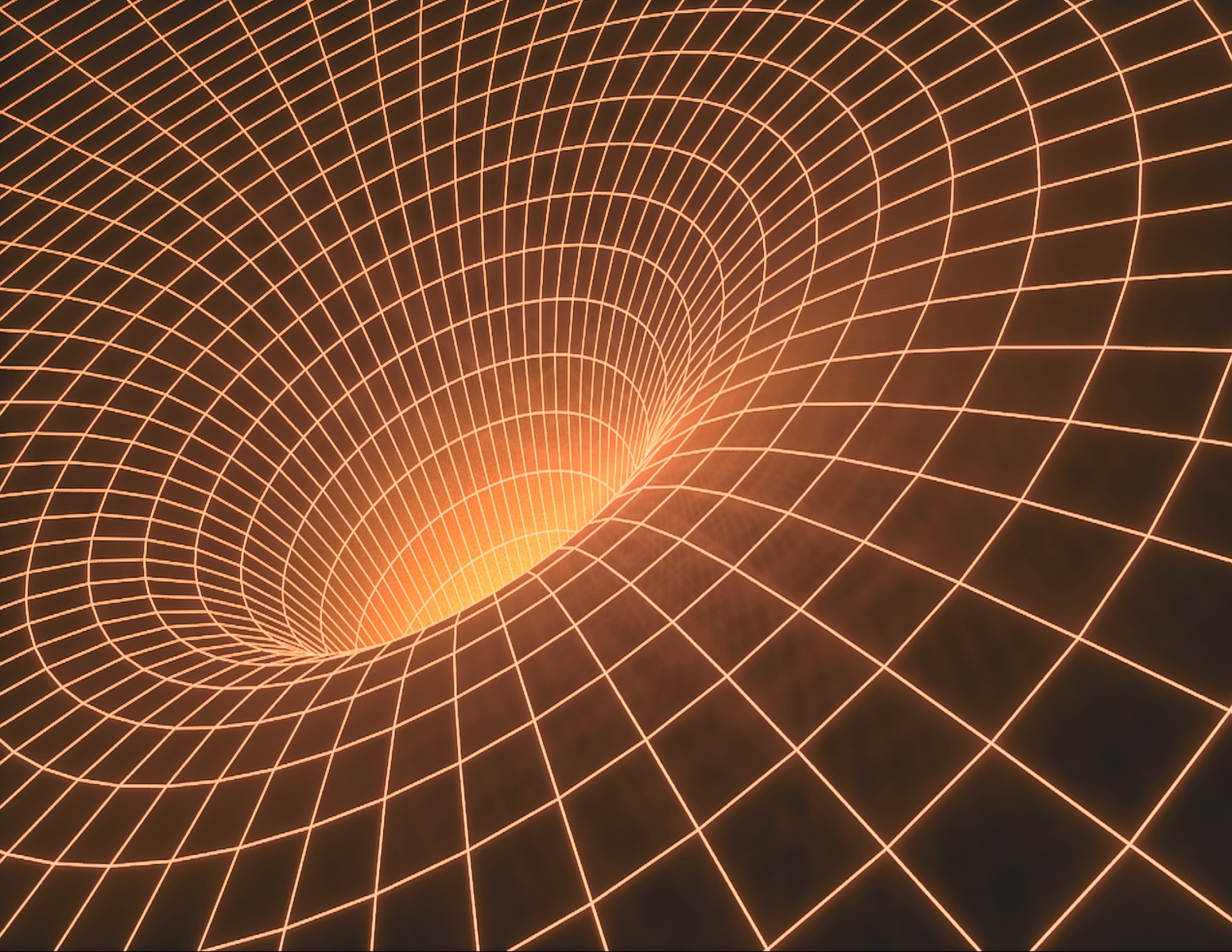
Quantum Gravity
The dream of unifying quantum mechanics with gravity has captivated physicists for nearly a century. Despite extraordinary advances in both domains, they remain fundamentally incompatible—quantum mechanics describes reality as probabilistic and observer-dependent, while general relativity treats spacetime as deterministic geometry. Every attempt to bridge them has failed because they rest on irreconcilable foundations: quantum mechanics assumes fixed spacetime, while gravity shows spacetime is dynamic.
What if both quantum behavior and gravitational effects emerge from the same underlying source? What if geometry itself springs from the spectral characteristics of energy, making quantum mechanics and gravity different aspects of the same phenomenon? This revolutionary possibility drives our most ambitious ongoing research: the Quantum Gravity Field Equations.
Our research into the development of the QGFE focuses entirely on unifying quantum mechanics, special relativity, and general relativity into a single cohesive framework. This represents continuous and challenging work at the absolute frontier of theoretical physics.
The underlying principle behind the QGFE is spectral geometry—where geometry itself, including curvature, emerges from the spectral characteristics of the universal energy field as defined by the universal Hamiltonian Ĥ_u. Unlike current approaches to spectral geometry which overlay classical spacetime, E-Theory redefines spectral geometry as emerging directly from energy, eliminating the artificial separation between quantum evolution and gravitational effects.
Our research into spectral geometry and the QGFE advances along multiple parallel pathways. We leverage work from GR2 to construct a composite observable for the modified metric tensor, defined by a new relativistic operator ĝ_μν that shares the same eigenbasis as the Hamiltonian. This composite observable essentially defines the spectral geometry of spacetime, creating an eigenstructure for every energy eigenvalue E_r—meaning each quantum energy state corresponds to its own transient geometry.
Building on this foundation, we research the development of a Geometric Operator that operates on the eigenstructure of ĝ_μν. For every eigenvalue of Ĥ_u, the spectral geometry operator ĝ_μν defines a transient geometry from which we craft Christoffel symbols and Ricci operators R̂_μν. The Geometric Operator combines the Ricci operator with the Ricci scalar, defining the principle of least action for quantum wavefunctions evolving in curved spacetime.
The breakthrough comes when we incorporate this Geometric Operator into the Unified Wave Equation. The resulting quantum gravity field equation adapts to relativistic effects through t̂ and p̂_u, defines quantum evolution through the wavefunction Ψ, determines the transient spectral geometry of each observation, and ensures least action for this geometry—all within a single, unified framework.
This ongoing research promises something unprecedented: a description of reality where quantum mechanics and gravity are no longer separate theories requiring artificial bridges, but different manifestations of the same underlying energy dynamics. Geometry becomes quantum, quantum mechanics becomes geometric, and both emerge from the spectral characteristics of energy itself.
Research into the QGFE represents our most challenging theoretical frontier, requiring breakthroughs across multiple interconnected domains. We expect significant developments throughout 2025 and 2026.